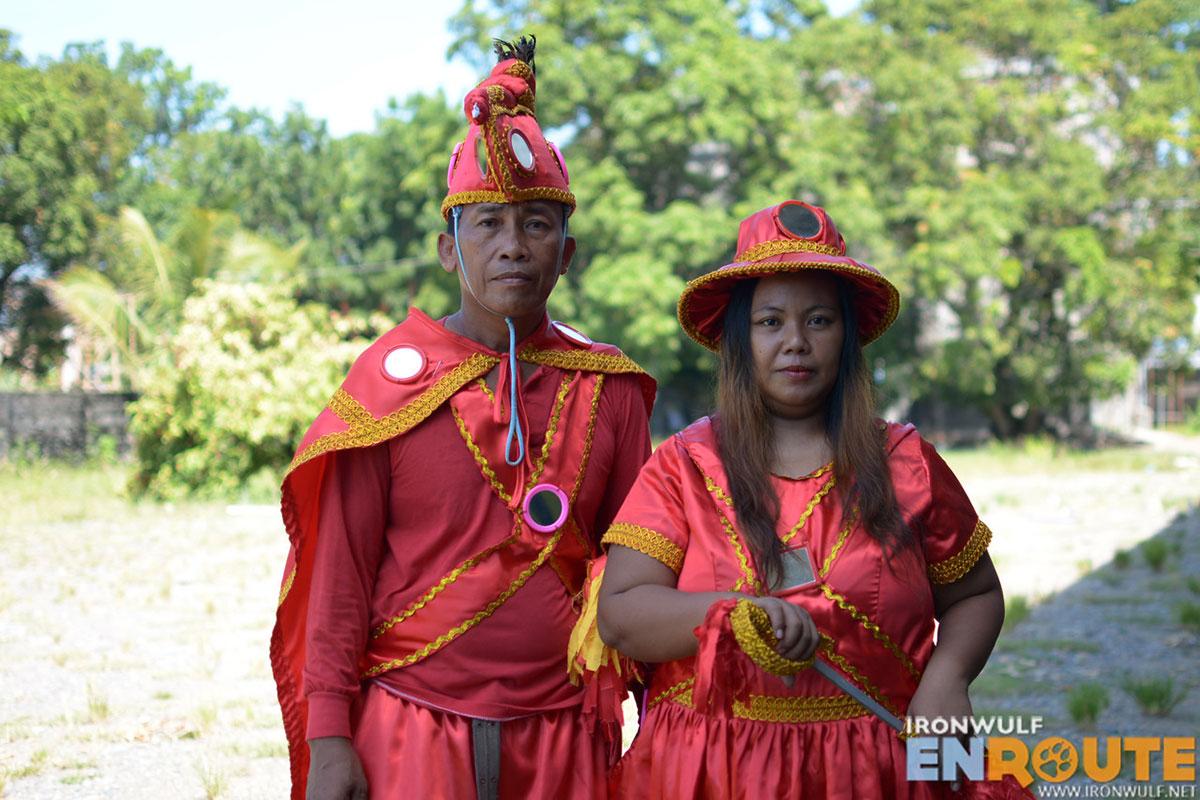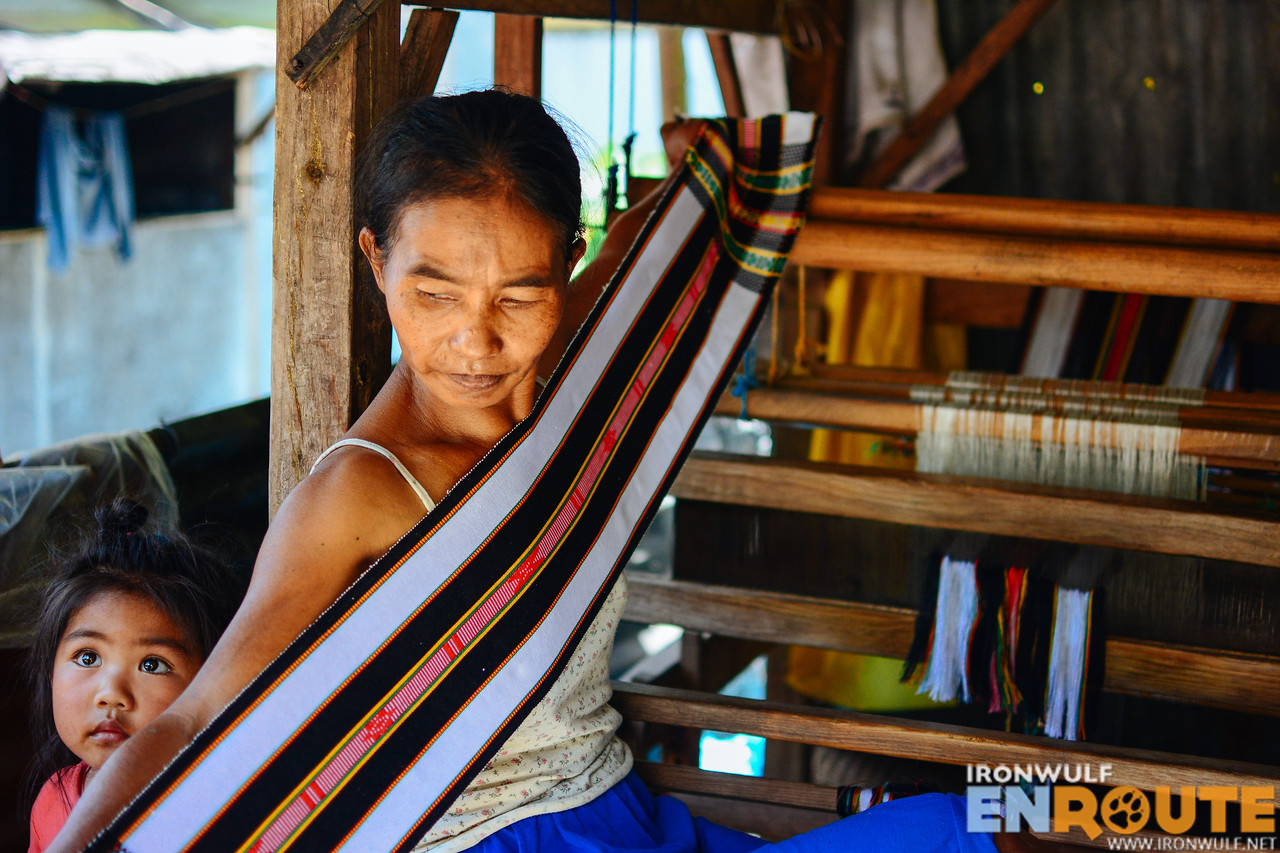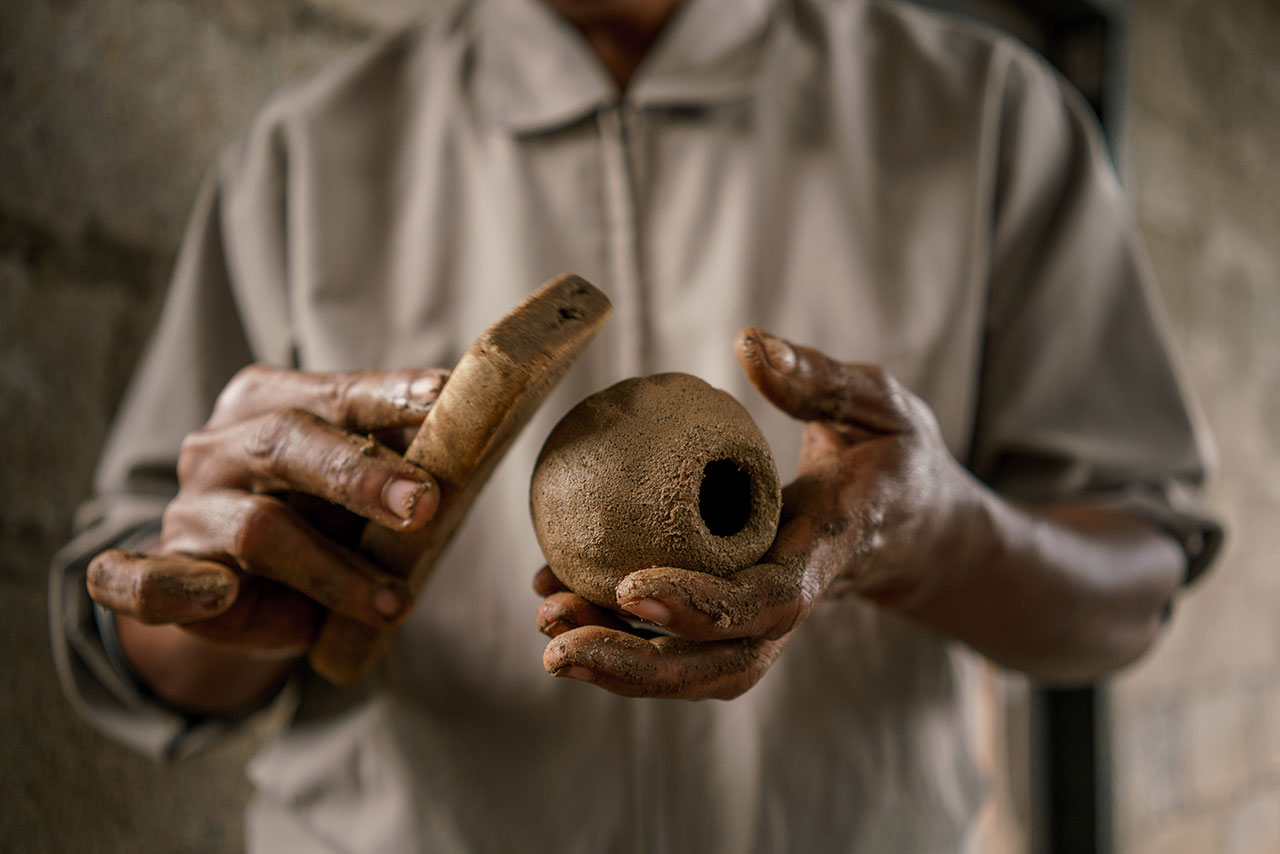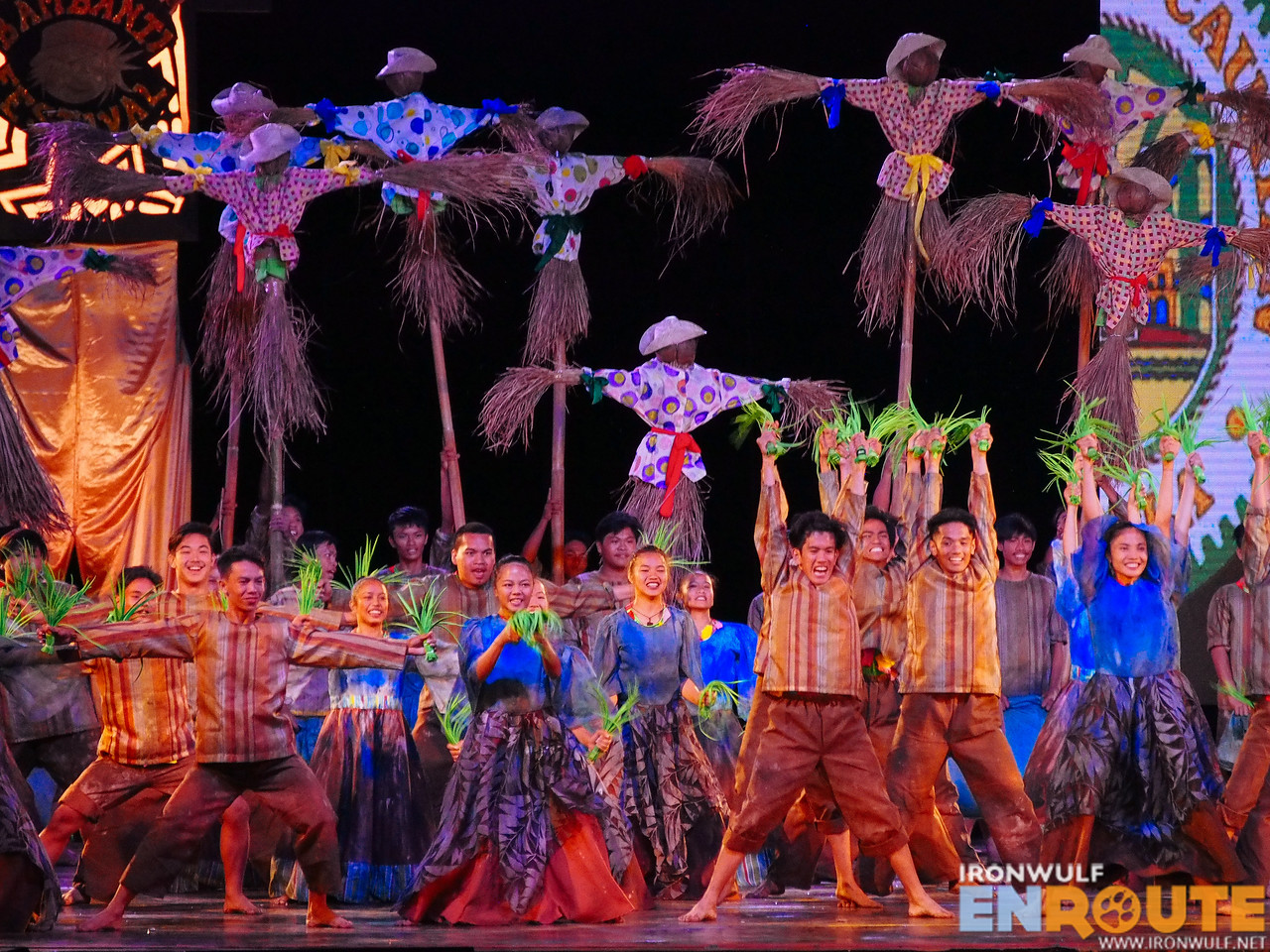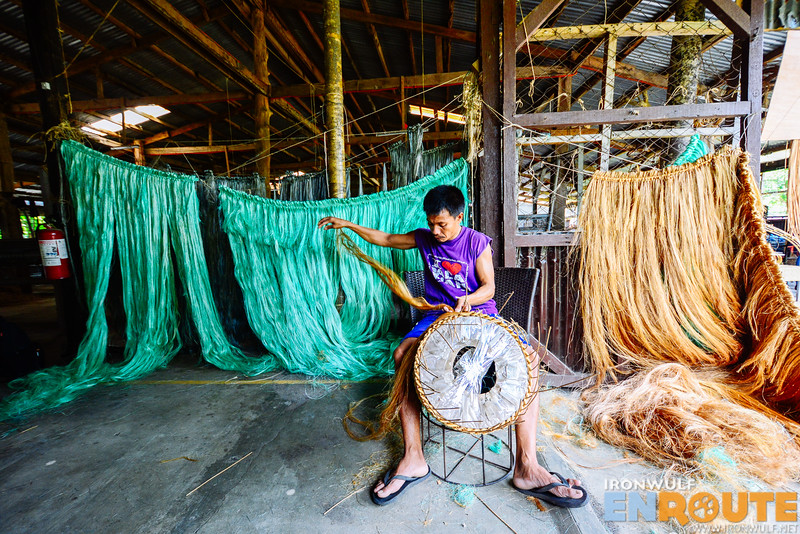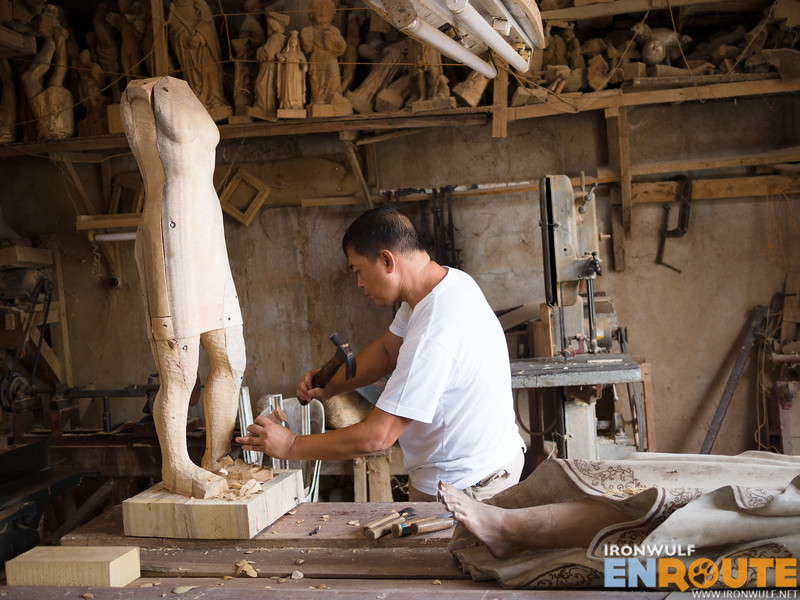Visiting Bidibidi Cafe in Baao, Camarines Sur is entering the lush and vibrant world of artist, Bernadette De Los Santos, fondly called, BidiBidi. The signage “Cafe des Artes” seen along Rizal St marks the place of Bidibidi Cafe. Inside the gated walls is a beautiful garden interspersed with wooden sculptures. Vibrant murals envelope the facade of the house known as the home of the Burikbutikan Artist Collective, BidiBidi Enterprise Handicrafts and Bidibidi Cafe.
Sustainability Art Shines at Bidibidi Cafe des Artes

